There’s nothing quite like waterfowl hunting. Whether you’re limiting out on greenheads down in Arkansas, or busting snows and Canadas out in Kansas, a big part of the fun is getting to eat the bird at the end. While I don’t discriminate against waterfowl based on how fun they are to hunt, it’s no secret that some taste better than others. You’ll hear different recipes from every hunter telling how to make any bird taste great, but some birds are better suited for the dinner table than others. I’ve always lived by the saying, “If cooked right, any bird will taste good,” but I can’t help but put a larger focus on the more succulent species during the season. Here are my rankings for waterfowl species based on how they taste on the grill, stovetop, or oven. Invite some friends and family over to experience some of the best wild game they’ve ever tasted, with this as your guiding list.
1. Teal
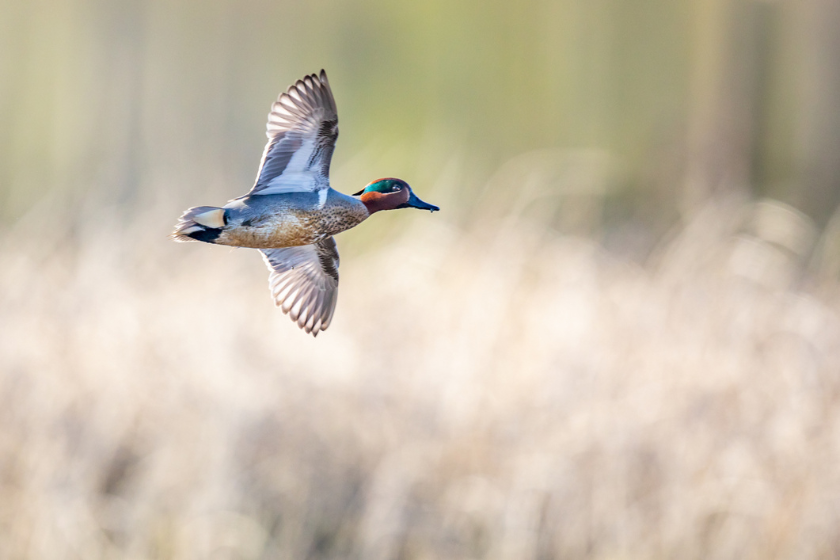
If you were to ask 10 waterfowl hunters what the best tasting bird was, nine of them will likely say teal—more specifically, green-winged teal. These speedy ducks coax hunters into mosquito-infested blinds in the 90 degree September heat before the full duck season actually opens. The tender meat and sweet fat on these birds is impossible to beat, and they’re incredibly fun and challenging to shoot. Teal are the smallest of the dabbling ducks, and are known to fly past decoy spreads at lightning speeds. Bag enough of these quick-flying delicacies, pan sear the breasts with some apricot preserves, and you’re in for a 5-star dinner.
2. Wood Ducks

Woodies, or wood ducks, have an extremely unique taste to them, likely because of their specific diet. Their taste is reminiscent of something you might eat at a fancy French restaurant. I thoroughly enjoy getting out into the timber solely to target woodies in hopes to make an awesome dish for my friends and family. I’ve done it several times, and it makes the eventual meal you enjoy that much better.
3. Sandhill Crane
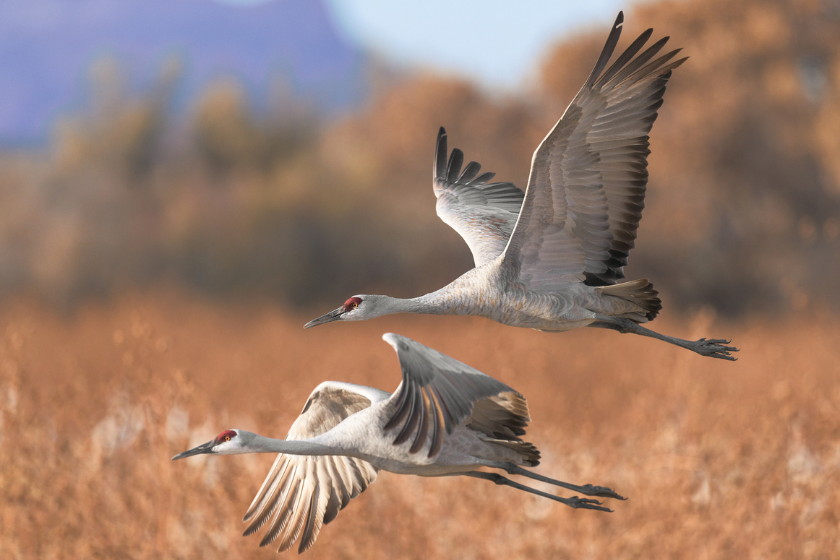
They didn’t get the nickname “ribeye of the sky” for nothing. Sandhill cranes are considered one of the best tasting migratory birds by many hunters, and it’s easy to understand why once you taste them. The rich meat on these birds bears an uncanny resemblance to a nice prime cut of beef. Leave these guys on the grill too long and you might cause an argument in your hunting camp. These birds are best cooked medium-rare, and don’t require much seasoning at all. Some garlic, salt, pepper, and olive oil is all I’ve needed to create an awesome sandhill meal. If you have never experienced the wonders of sandhill crane hunting, Texas offers some of the best there is!
4. Canada Goose
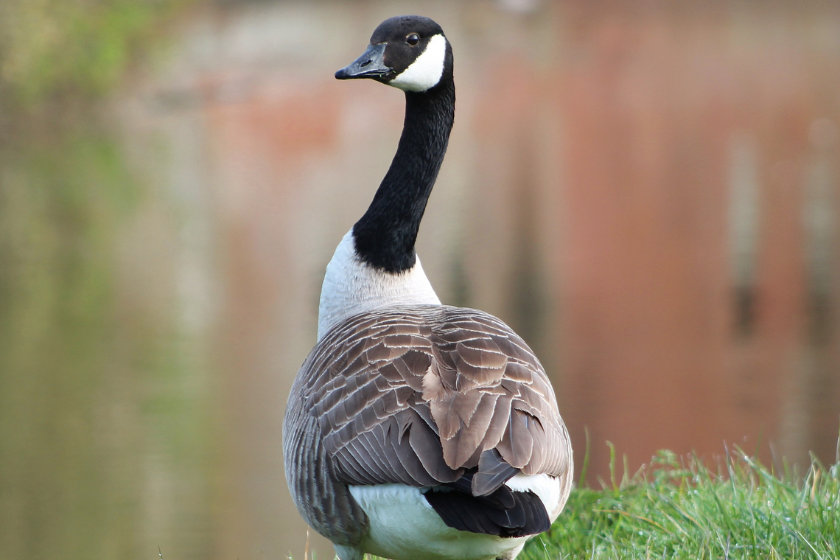
When you bring up geese from a culinary perspective, most people are going to tell you that specks hold the crown, but I disagree. Late season Canada geese that have plumped up from months of picking through ag fields on their way down the flyway are hard to beat. You can also get a good amount of meat throughout a season, with each bird weighing upwards of 10 pounds. Like sandhills, Canadas are best prepared on the rare side, thinly sliced. One of my all time favorite recipes is a french dip sandwich using goose instead of beef. If you cook it right and fail to mention it to your guests, they’ll never know the difference.
5. Canvasbacks
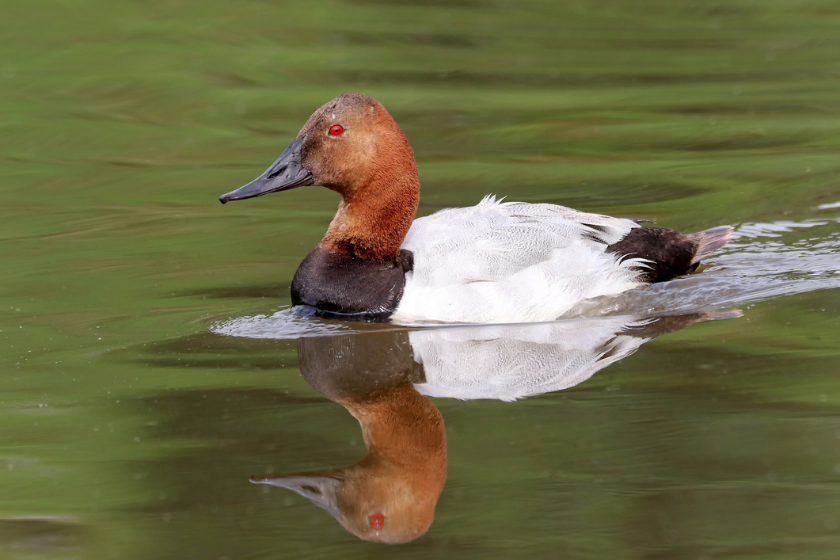
Not only do canvasbacks taste incredible, but they’re also one of the most beautiful duck species out there, and perhaps one of my favorites to shoot. Known as the “king of ducks”, this species sports a royal appearance, with a dark red head, soul-piercing red eyes, elegant neck, and sizable body. Grilling up canvasbacks is something I look forward to every year on my trip out to North Dakota. I could be biased in saying this, but canvasbacks on the central flyway tend to be far superior than ones you might see in the eastern half of the country, or along the western coast, at least as far as taste is concerned.
6. Mallards
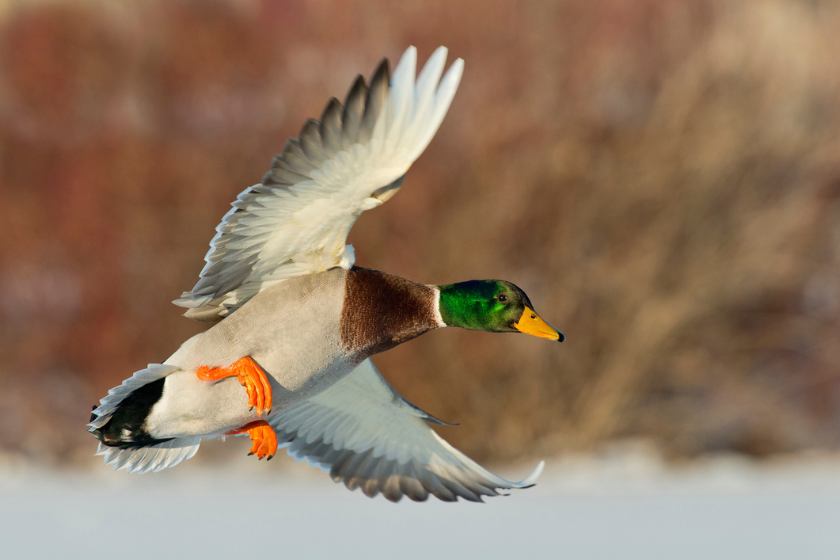
It’s hard to make a list without mentioning this country’s most beloved duck species. Mallards, or greenheads, are perhaps one of the most exciting birds to hunt, due to how well they decoy, and how aggressive they are with their calling. You’ll be hard-pressed to find a waterfowler who doesn’t have a special place in his or her heart for greenheads. Not only are they fun to hunt, but they also make a great meal. Mallards have been known to have a slightly “gamey” taste to them, so marinating the meat is probably a good idea. You can expect to get a decent amount of meat out of them as they generally weigh around two or three pounds and don’t seem to be quite as boney as some of the other duck species.
Ultimately, when prepared the right way, wild duck is some of the best meat that we can enjoy. Combine that with the joy of getting into a duck blind, and it’s easy to see why people count the days until the opener. Get out on the water this season and bag some birds.








